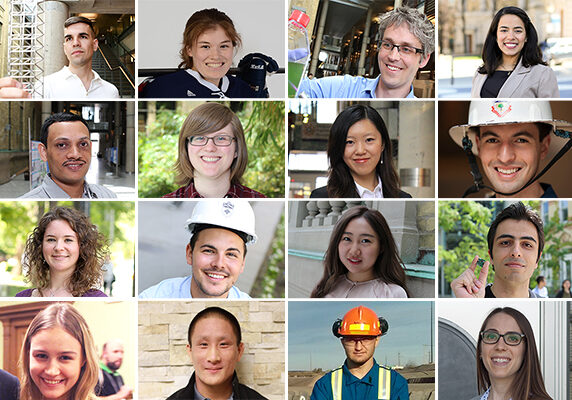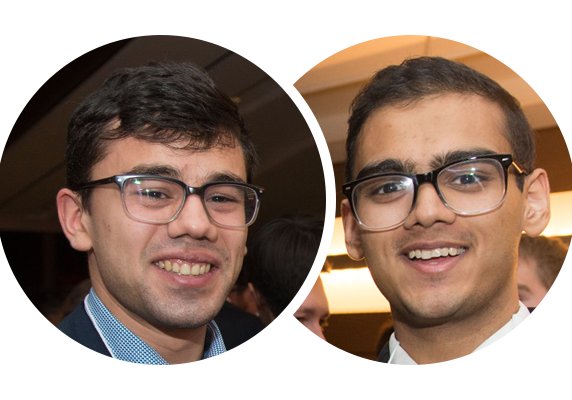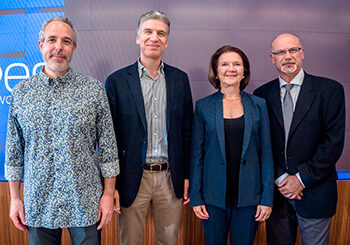
Global leader in machine learning presents at BizSkule
“In the next 20 years, everything is going to change,” predicts Professor Brendan Frey
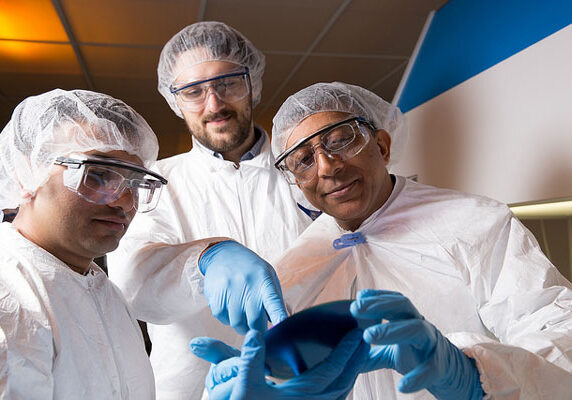
11 U of T Engineering professors and alumni inducted into Canadian Academy of Engineering
Six professors and five alumni named fellows in the CAE’s Class of 2016
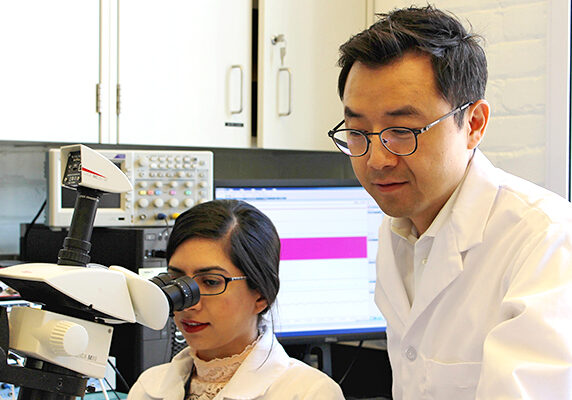
Paul Yoo awarded AGE-WELL research grant for treating overactive bladder disorder
Researchers recently discovered a neural mechanism that can inhibit bladder function by applying electrical pulses to peripheral nerves
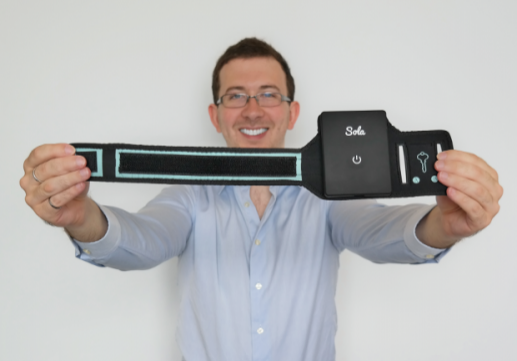
U of T Engineering alumnus wants to keep you warm through Canadian winters
Jason Yakimovich is the inventor of Sola, a personal and controllable heating device worn on the upper arm
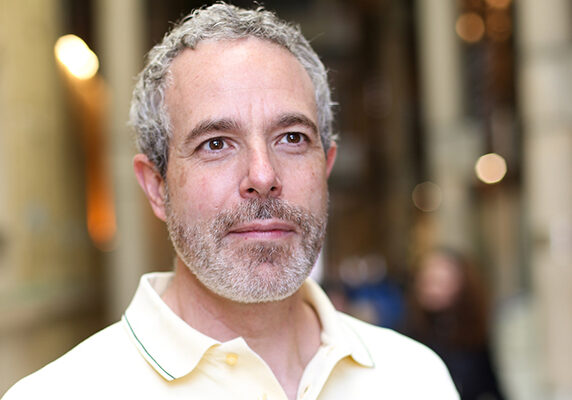
Brendan Frey wins Invention of the Year award
Team recognized for combining artificial intelligence and genomic medicine to create DeepBind, the first-ever deep-learning application for determining the specificities of DNA- and RNA-binding proteins

